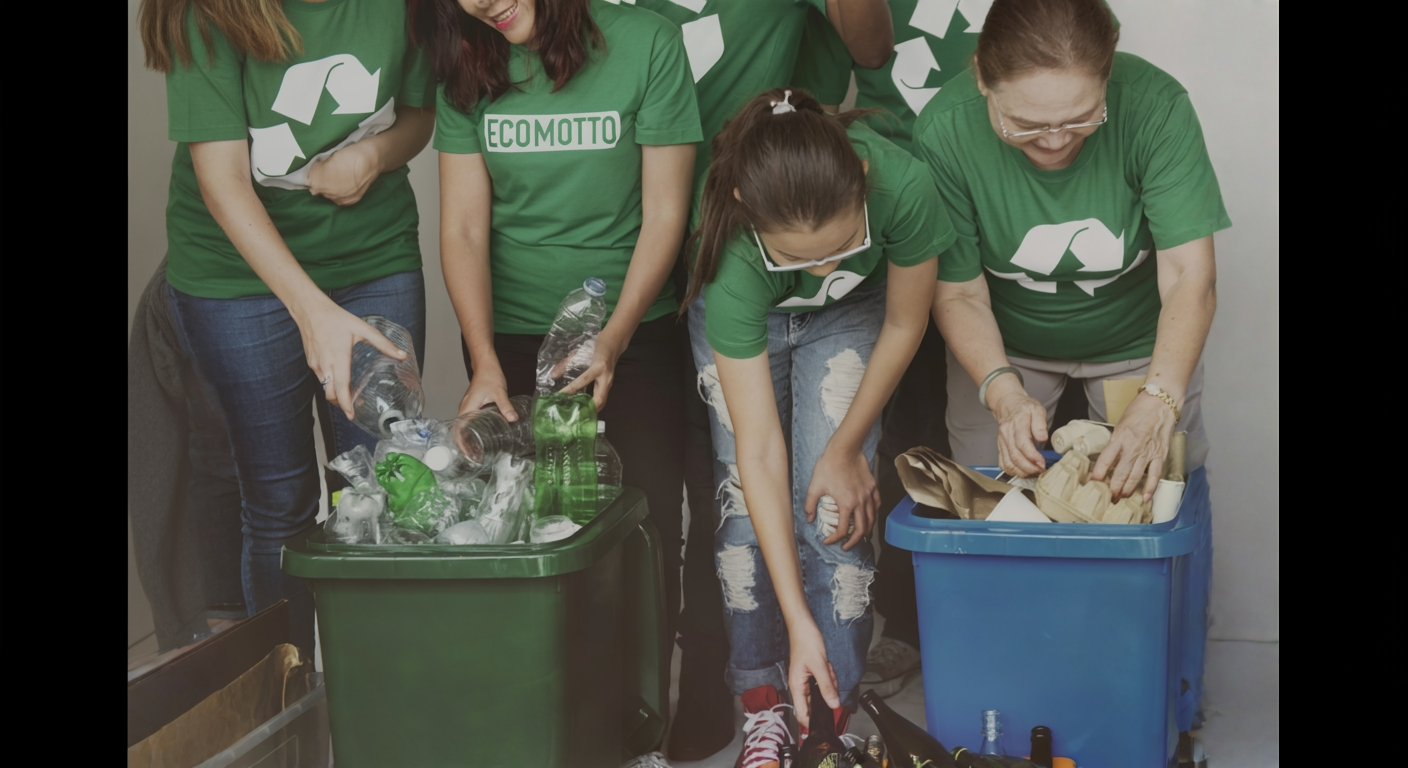Community Engagement Through Your Website: Strategies for Solid Waste & Recycling Companies

In municipal waste and recycling services, digital communication has transitioned from a simple convenience to an operational necessity. Your website is more than just a digital brochure; it’s a critical channel for strengthening relationships with residents, enhancing satisfaction, and demonstrating your ongoing value to municipal clients.
Understanding What Your Community Expects
Residents rely on your website primarily for clear, timely information. Key expectations include:
- Accurate pickup schedules and proactive service alerts.
- Straightforward guidelines on recycling, hazardous waste, and bulk items.
- Easy and fast access to customer service and support.
Meeting these digital expectations not only builds trust but directly reduces call center load, minimizes confusion, and fosters higher compliance rates among residents.
Creating Helpful, Accessible Content
To effectively engage residents, prioritize clear and practical content:
- Publish easy-to-understand guides, like “What Goes Where” instructions and recycling do’s and don’ts.
- Offer seasonal advice, such as proper disposal of holiday waste or yard debris.
- Create a robust FAQ section addressing frequent inquiries to provide quick, self-serve answers.
Ensure all content is accessible, avoiding technical jargon, and designed for easy readability. Compliance with ADA guidelines enhances user experience for all residents, including those with disabilities or language barriers.
Leveraging Interactive Tools
Your website should be interactive, making it simple for residents to engage directly and manage their services independently:
- Implement tools for submitting service requests like bulk pickups or reporting missed collections online.
- Provide interactive route lookup tools where residents can enter their addresses and immediately find their service schedules.
- Offer engaging resources such as quizzes or interactive tutorials on proper recycling techniques, enhancing public awareness and compliance.
These digital solutions significantly reduce administrative load, streamline communication, and improve resident satisfaction.
Highlighting Community Initiatives and Local Partnerships
Demonstrate your company’s commitment to the community by featuring local partnerships and successful initiatives on your website:
- Showcase community cleanups, recycling drives, or school educational programs that your company supports.
- Highlight success stories or testimonials from community partners, emphasizing positive local impacts.
This approach not only reinforces community ties but also visibly positions your company as a proactive, invested municipal partner.
Using Resident Feedback for Continuous Improvement
Creating open channels for feedback is crucial to continuously improve your operations and maintain high public satisfaction:
- Regularly solicit feedback via short surveys, easily accessible comment forms, or targeted polls after service interactions.
- Transparently communicate how resident input has directly improved your services—whether by optimizing routes, adjusting pickup times, or enhancing customer support.
Responding to feedback visibly and consistently helps solidify your company’s reputation as responsive, accountable, and genuinely community-focused.
Case Study Spotlight
Consider a waste management provider that revamped their website to clearly communicate pickup schedules, introduced a straightforward bulk-pickup request form, and highlighted community recycling initiatives. Within months, they reported measurable improvements:
- 35% decrease in call center inquiries.
- Significant reduction in missed collections and contamination rates.
- Increased resident satisfaction and positive feedback from municipal partners.
This example illustrates how strategic digital engagement can yield substantial operational and relational benefits.
Conclusion and Next Steps
Effective community engagement through your website is an investment in your company’s credibility, efficiency, and long-term municipal relationships. Begin by auditing your current site, integrating practical interactive tools, regularly publishing accessible, valuable content, and consistently soliciting and responding to resident feedback. These steps will position your company as not just a service provider but as a trusted, integral part of the community it serves.






